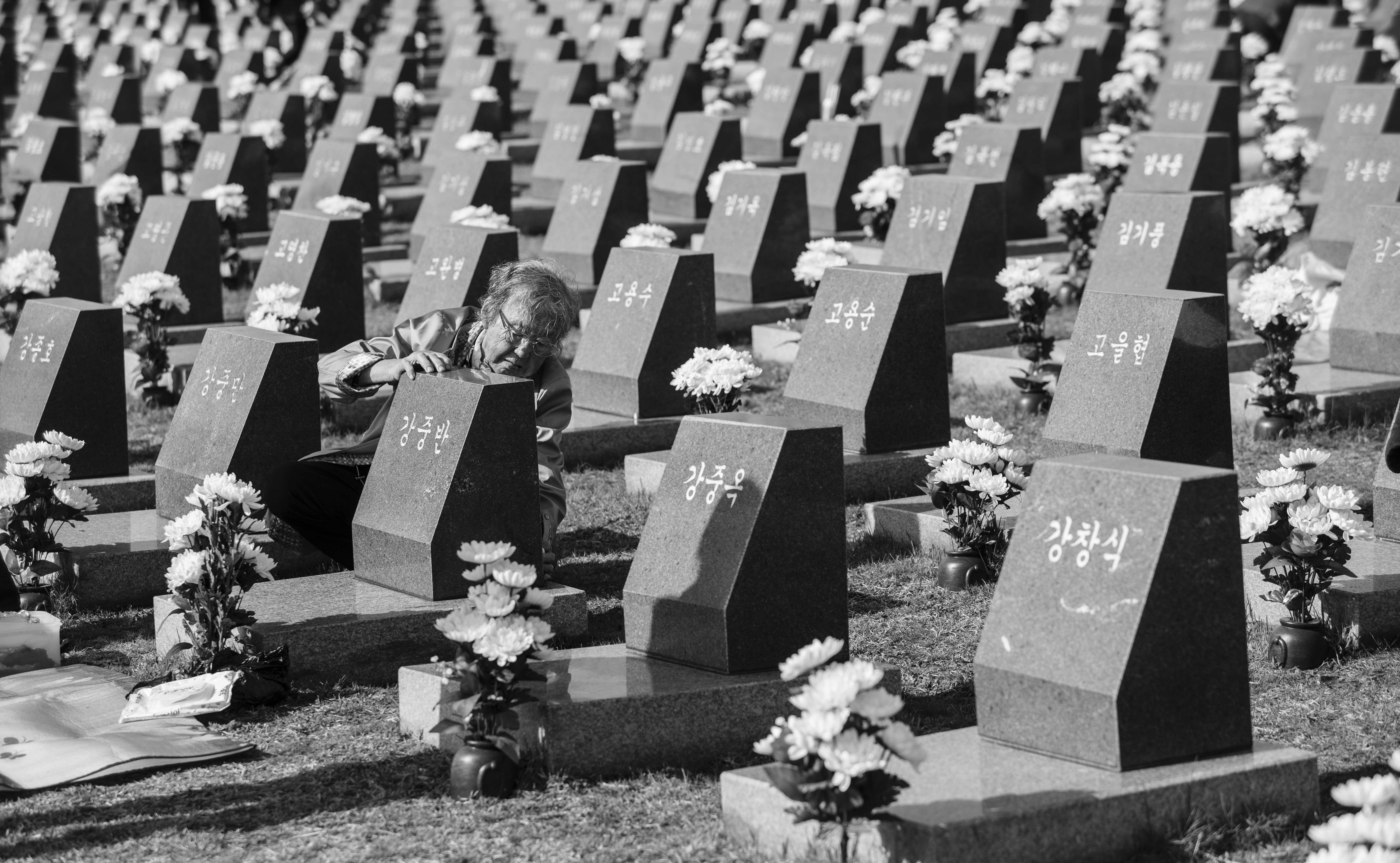
Jeju Island (or “Jejudo”) is a beautiful volcanic island located off the southern coast of Korea. Thanks to its beautiful beaches and volcanic landscapes it is not only a popular holiday destination in Korea but in the whole of Asia. However, few visitors are aware that 70 years ago the island was covered in blood in what is known as the Jeju 4·3 Uprising and Massacre. Also known as the Jeju 4·3 Incident, it is known colloquially as “sa-sam” in Korean, which indicates the date of April 3, 1948, when armed leftists attacked police stations on the island. This tragic period is defined as follows in Article 2(i) of the Special Act on Discovering the Truth of the Jeju 4·3 Incident and the Restoration of Honor of Victims:
The Jeju 4·3 Incident refers to the incident causing civilians’ sacrifices in the process of armed conflicts and the suppression operations beginning March 1, 1947, to April 3, through to Sept. 21, 1954. ¹
This was a chaotic period immediately following independence from Japan as the Korean Peninsula entered the Cold War era. Some individuals, including the first president of South Korea, Syngman Rhee (1948-1960), in addition to the U.S. government, wanted to establish a separate government in the southern half of Korea. Others opposed national division and wanted to establish a unified country with the Soviet-occupied northern half. Jeju Islanders courageously resisted the division of the Korean Peninsula and strongly protested the first election that was scheduled for May 10, 1948, that would confirm the formation of the Republic of Korea south of the 38th parallel. The military and police ruthlessly cracked down on Jeju Islanders in response to the protests. Approximately 30,000 people, or one in every 10 Jeju residents at the time, lost their lives during this period.
In order to understand the historical context for the uprising and massacre, the following chapter draws from “What is the Jeju April 3rd Uprising and Massacre,” a booklet published March 2018 by the Memorial Committee for the 70th Anniversary of the Jeju 4·3 Uprising and Massacre. These materials are provided in edited form with additional commentary where appropriate with permission from the Memorial Committee for the 70th Anniversary of the Jeju April 3rd Uprising and Massacre.
1 All Korean-language quotations and references were translated from the original by Nouveau Publishing for the purposes of this publication.